World AIDS Day: The long, tragic and often-forgotten history of the devastating AIDS epidemic
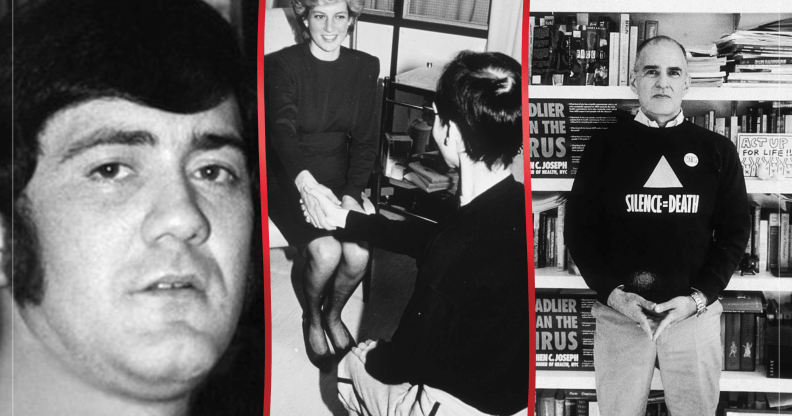
Terry Higgins, Princess Diana shaking hands with an AIDS patient, and Larry Kramer. (PinkNews)
On 3 July, 1981, The New York Times ran a story titled: “Rare Cancer Seen in 41 Homosexuals.”
The article described how gay men were falling victim to Kaposi’s sarcoma in surprising numbers in both New York and San Francisco. At that time, nobody could have known what was to come – an estimated 36.3 million people have died worldwide from AIDS since HIV was first detected in the early 1980s, according to the World Health Organisation (WHO).
That article published by The New York Times was an important moment in the history of the AIDS epidemic – it marked the first time the virus attracted mainstream attention. Tragically, it also marked the beginning of a crisis that would decimate and destroy countless lives.
In the 40 years since that article appeared, much has changed when it come to HIV. Antiretroviral drugs mean that people with HIV can live long, healthy lives – as long as they’re lucky enough to be born in a part of the world where they have easy access to medication and to testing.
To mark World AIDS Day, we take a look back on the long history of HIV and AIDS, from the virus’ early beginnings right up to the scientific breakthroughs that have made HIV a manageable condition.
1959: The first known case of HIV occurs in the Congo
Nobody knows just how long HIV has been circulating, or exactly where it came from. However, scientists have been able to trace the virus’ roots as far back as 1959 to a man who died in the Congo.
Scientists were able to use a viral sequence from 1959 to determine that the man had HIV when he died. It remains the oldest recorded confirmed case of the virus – although it’s likely that it was circulating before then too.
In June of that year, 49-year-old Haitian shipping clerk Ardouin Antonio died in New York from pneumocystis carinii pneumonia. The physician who carried out the post mortem preserved his lungs for further study because the man’s condition was so unusual.v
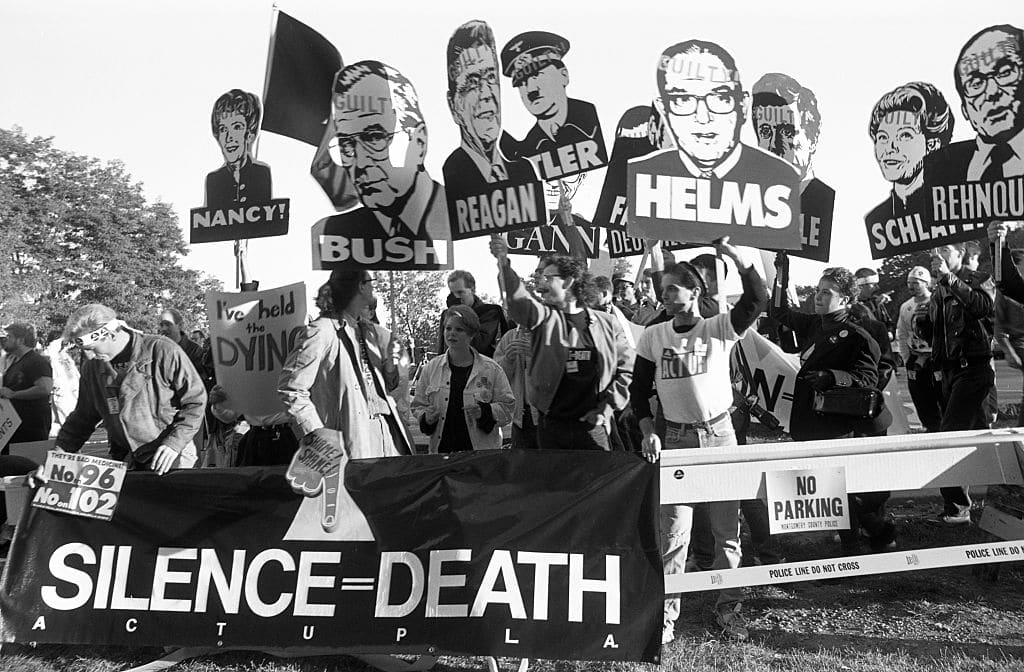
In later years, the physician said he believed it was possible Antonio had died from AIDS – although this has never been confirmed.
1969: A teenager died of a mysterious illness in St Louis, Missouri
Robert Rayford was just a teenager when he died in St Louis from an illness his doctors couldn’t identify. In 1984, the people who treated him published a paper suggesting that he might have died from AIDS.
In 1987, that theory was confirmed when scientists examined specimens of Rayford’s tissue and found traces of HIV.
Meanwhile, a 2003 analysis suggested that the virus may have arrived in the United States in 1968, just one year before Rayford’s death. It is possible that the virus was brought to the country on a number of occasions before it spread rapidly, leading to the AIDS epidemic of the 1980s and 1990s.
1976-1979: A spate of mysterious deaths show that HIV was circulating in the community
In January 1976, the nine-year-old daughter of Norwegian sailor Arvid Noe dies. By the end of the year, both the man and his wife had also passed away.
Later analyses suggested that Noe contracted HIV while serving in the merchant navy in Africa in the early 1960s. He likely then passed the virus on to his wife, and their daughter was presumably born with HIV. Researchers have since determined that Noe likely contracted HIV in Cameroon in either 1961 or 1962.
In many ways, 1977 was an important year in the development of the AIDS epidemic. That year, Danish physician Grethe Rask died from AIDS. In 1987, her blood samples tested positive for HIV in the United States.
In San Francisco, a sex worker gave birth to the first of three children, all of whom would later test positive for HIV. The woman herself died in 1987 from AIDS.
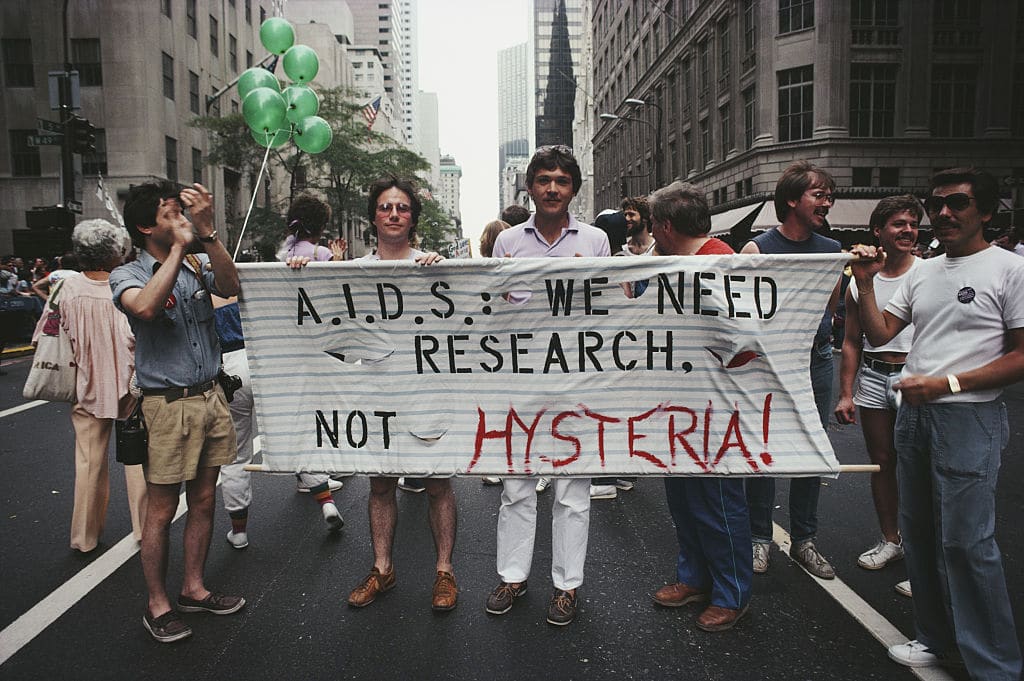
That same year, a Zairian woman was treated in Belgium for AIDS-like illnesses. Her tissue and blood samples were not preserved after her death, but scientists believe she could have been another early case of HIV.
A man known only as Senhor José died in 1978 in Portugal. Scientists later suggested that his was the first known case in Europe of HIV-2. Like most viruses, HIV has a high level of genetic variability, meaning different versions have circulated. To this day, HIV-1 remains the most common form of the virus, whereas HIV-2 circulates mostly in western African countries.
A child born in New Jersey in 1973 or 1974 later dies in 1979 – testing of her tissues later determined that she had died from AIDS. It is thought that she contracted HIV from her mother, a 16-year-old drug user.
That same year, a 30-year-old woman from the Dominican Republic died in New York City from what might have been HIV. In Belgium, a Greek man who had previously worked as a fisherman in the Congo presents with a rare type of fungal meningitis. Testing later reveals that he had HIV.
1980: The mysterious virus spreads rapidly – the AIDS epidemic begins
The 1980s was when the AIDS epidemic kicked up a gear and people started dying in enormous numbers.
In 1980, a gay man called Ken Horne develops Kaposi’s sarcoma, a rare form of cancer often associated with AIDS. His illness is reported to the Center for Disease Control. The following year, he is identified as the first patient of the AIDS epidemic in the US.
In October of that year, Canadian flight attendant Gaëtan Dugas visits a gay bathhouse in New York City. He would later die in 1984. He was incorrectly identified as “patient zero” for a period of time.
In December 1980, schoolteacher Rick Wellikoff dies of AIDS in Brooklyn, New York, while two women die in hospitals in Paris from illnesses associated with AIDS.
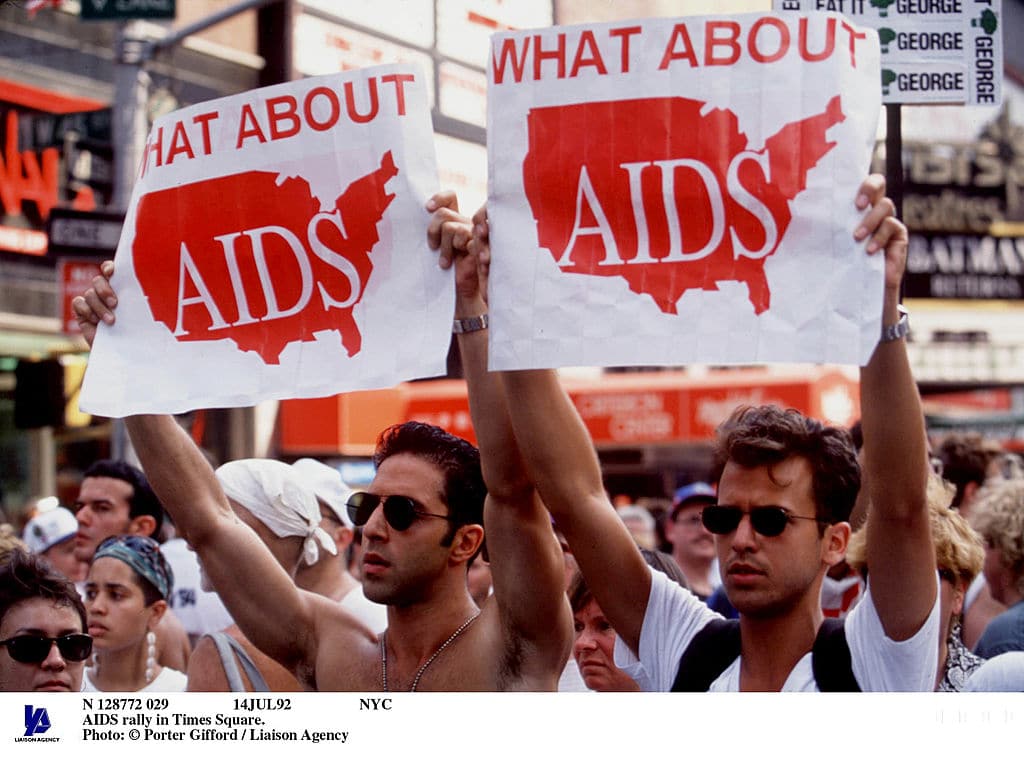
1981 was the year when the medical community really started to pay attention to what was going on with the spate of mysterious deaths. That year, Lawrence Mass writes about the virus in the New York Native, a gay newspaper.
In the months that followed, a number of people died from AIDS in the United States. In December, the first case is recorded in the United Kingdom – however, it is later confirmed that John Eddie, a man who died from pneumocystis pneumonia in London in October, was actually the first recorded death in the UK from AIDS.
By the time 1981 came to a close, 337 people were confirmed to have had AIDS. 130 of those had died by the end of the year.
1982-1985: The queer community takes action against AIDS
In 1982, it became clear that the mystery virus was spreading rapidly among queer people. In January of that year, Larry Kramer founds the Gay Men’s Health Crisis in New York to draw attention to what was happening.
In July, a gay man called Terry Higgins becomes one of the first people to die from AIDS in the United Kingdom. His death prompted his partner and friends to set up the Terrence Higgins Trust.
That same month, a meeting takes place in Washington DC, where the term “AIDS” is proposed as a replacement for “GRID”, which stood for “gay related immune deficiency”.
In 1982 and 1983, AIDS cases are confirmed in a number of countries across the world that had previously not recorded infections. Scientists continue working to try to understand the virus.
In 1983, American rock musician Bruce Wayne Campbell, known by his stage name Jobriath, dies from AIDS. Days later, German singer Klaus Nomi succumbs to the illness.
The following year, a breakthrough occurs – American scientist Robert Gallo identifies the probable cause of AIDS, discovering that a virus is causing the illness. Two years later, it is given the name “human immunodeficiency virus”, or HIV.
In 1984, a teenager called Ryan White is diagnosed with AIDS, which he contracted from blood products as part of his treatment for haemophilia. His school later bows to pressure from parents and bans him from campus because of his condition.
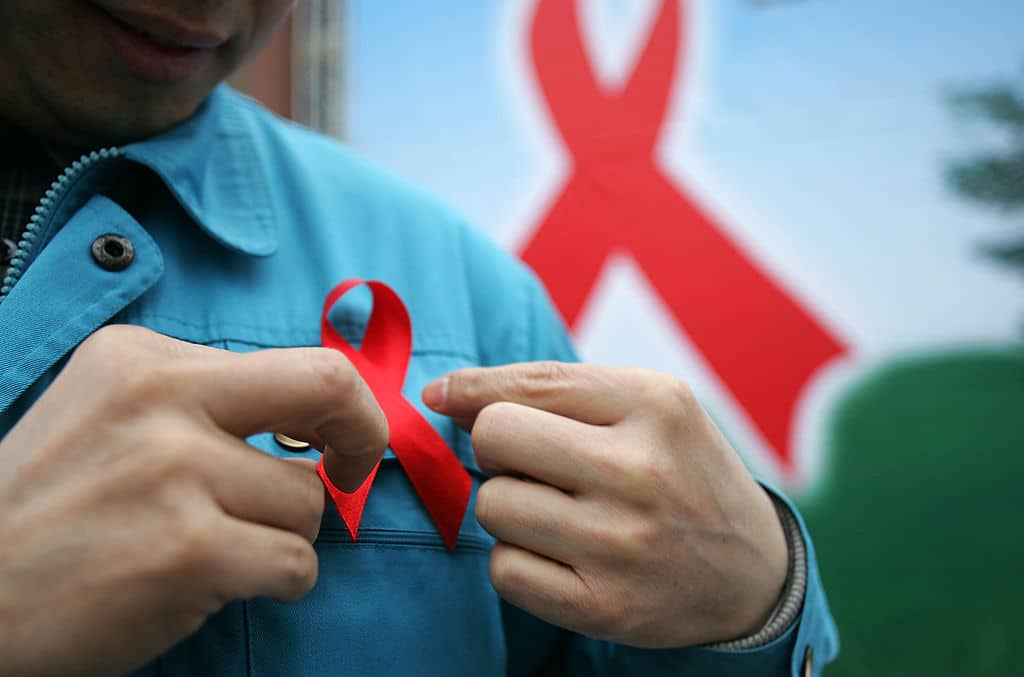
One of the things that angered HIV activists was the silence from politicians on the crisis. In September 1985, US president Ronald Reagan mentioned AIDS for the first time. Just one month later, Hollywood actor Rock Hudson died from AIDS, making him the first major celebrity to die from the disease.
In November of that year, NBC broadcast the television film An Early Frost, which dealt extensively with the AIDS epidemic.
1986 onwards: Death accelerate as the first treatment becomes available
In the years that followed, a number of high profile figures died from AIDS, including fashion designer Perry Ellis, lawyer Roy Cohn, supermodel Gia Carangi, Liberace, Sylvester, Miguel Abuelo and Frederico Moura.
In 1987, AZT becomes the first drug available to treat HIV. Later that year, Larry Kramer holds the first ACT UP meeting in New York City. The following year, the first ever World AIDS Day takes place on 1 December.
Over in the UK, Princess Diana had an enormous impact when she opened the country’s first HIV/AIDS unit. A famous photograph showed her shaking hands with a young man who had AIDS. That simple act has been credited with dispelling some of the myths about how the virus was transmitted.
In 1991, Freddie Mercury dies from AIDS just 24 hours after announcing to the world that he had the disease. That same year, Tony Kushner’s acclaimed AIDS-era play Angels in America debuts, while NBA star Magic Johnson announces that he has HIV.
A year later, the first combination drug treatments become available for HIV – but it wouldn’t be until the end of the 1990s that effective treatment would become widely available in the developed world.
In 1995, before treatment becomes available, rapper Eazy-E dies from AIDS. Radio host and comedian Kenny Everett dies in April from the disease.
2000s on: Effective medication changes the AIDS epidemic – but only if you live in a wealthy country
Medication changed the landscape completely for those with HIV – it meant that those who lived long enough to access it could live long lives once more.
But access is not equal, and huge swathes of people continue to die in parts of Africa and Asia each year from AIDS related illnesses. Meanwhile, experts draw attention to the disproportionate impact on minoritised groups – white gay men have become the group the most likely to get diagnosed early, meaning they can access treatment. Others are not so lucky.
In 2007, another scientific breakthrough is achieved when San Francisco man Timothy Ray Brown was found to be cured of HIV following a bone marrow transplant. Similar cases have been recorded since – however, the treatment is complex and invasive.
In 2012, the pre-exposure prophylaxis (PrEP) is approved by the food and drug administration (FDA) in the United States. People who are at higher risk of contracting HIV can take the medication each day, and it will prevent them from developing the virus.
In 2016, the United Nations and its member states pledge to bring about an end to the AIDS epidemic by 2030. Antiretroviral medication reduces the viral load to an undetectable level, meaning people who are HIV positive and on effective treatment cannot pass it on to others.
This presents new possibilities for ending transmission of the virus, and for the first time, the world can imagine a future free from HIV and AIDS.

